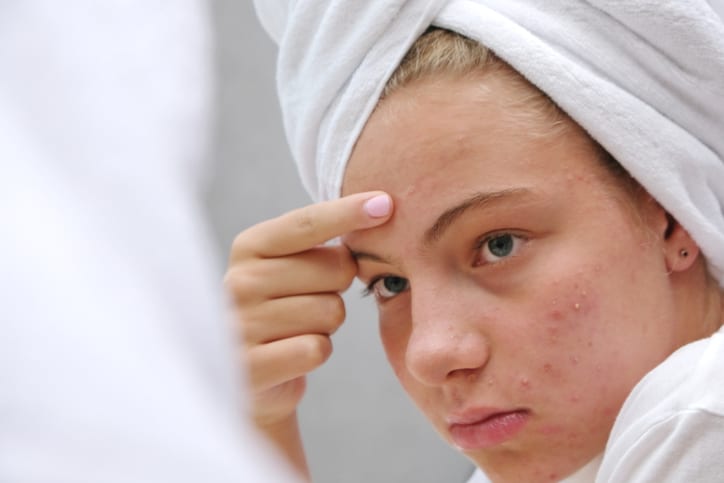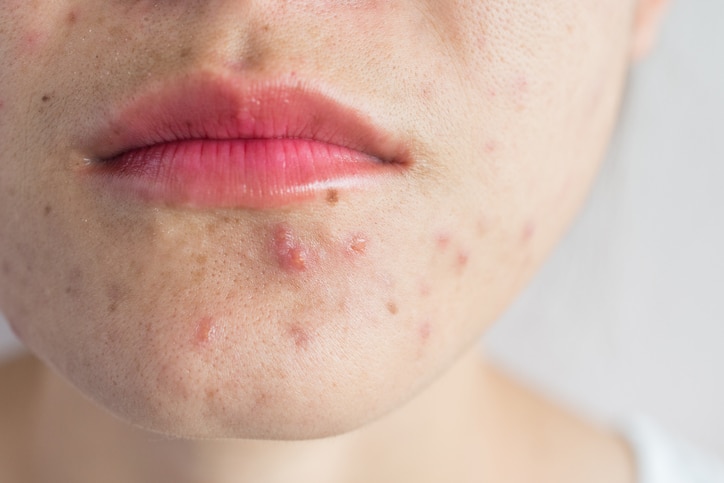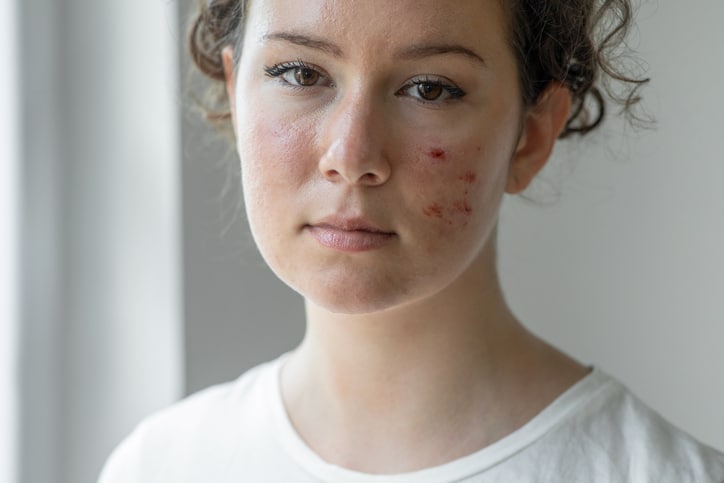Treatments - Pediatric Dermatology
young children
During pregnancy, the mother’s hormones pass into the baby’s bloodstream, and this hormonal impregnation can lead to minor discomfort in the newborn. The baby’s skin is temporarily oily. This can result in the appearance of a kind of acne on the face or in the appearance of small whitish pimples called “milium spots”. Treatment is limited to local care, except in exceptional cases where medication is required.
On the scalp, transient hyperseborrhea leads to seborrheic dermatitis, better known as “cradle cap”. They can be treated by soaping and simple gentle stripping, the crusts being softened beforehand by the application of fatty emollients. More inflammatory situations may require dermatological treatment. Hormonal impregnation of the mother in the infant girl or boy can also lead to breast swelling, sometimes accompanied by a discharge of milk. There is no need to treat this, it is completely temporary.
Contact us
For more infomration
or meeting,
We invite you to contact us at 02 538 72 90.
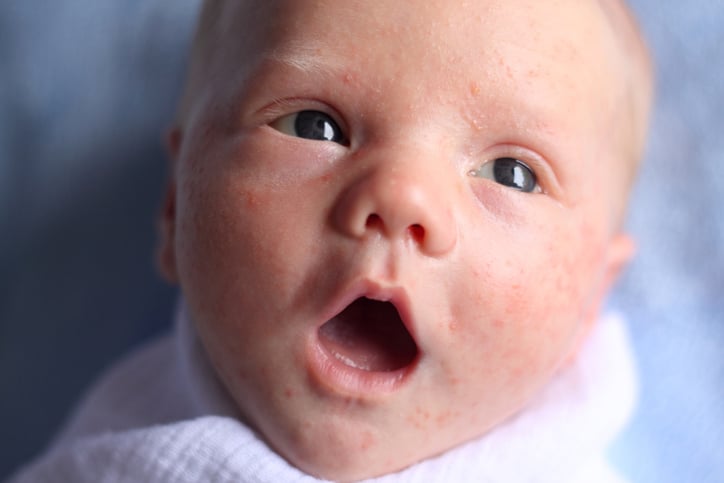
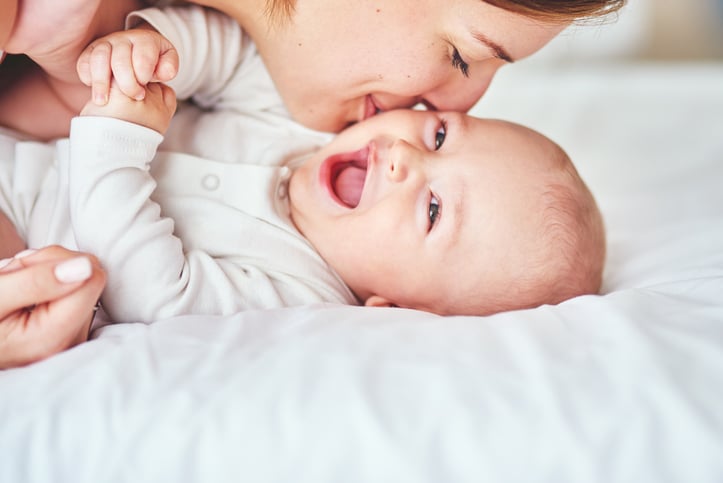
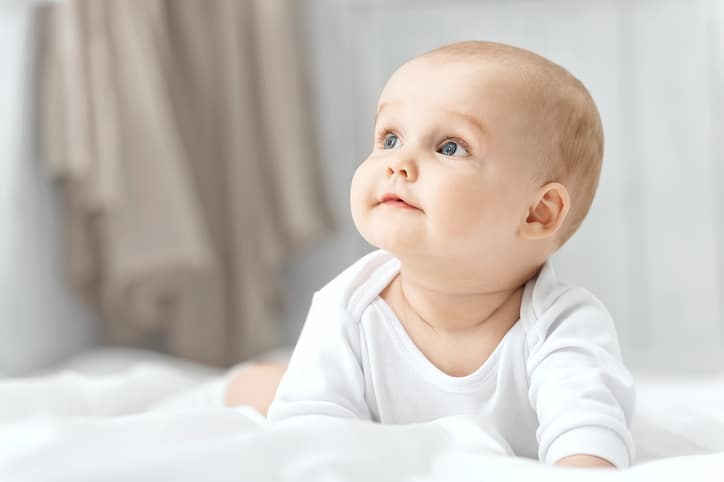
Another problem is the appearance at birth or during the first weeks of life of vascular malformations: haemangiomas can take the form of burrs or be deeper in the form of a swelling covered by normal or near-normal skin. These haemangiomas have a maximum growth phase between 3 and 8 months. They may regress completely by the age of 6-7 years In some situations haemangiomas need to be treated with cryotherapy, general corticosteroid therapy, surgery or laser.
Another vascular malformation that is quite frequently encountered is the simple plane angioma. It presents as a pink or red patch located preferentially on the face and limbs. It has a benign prognosis but in most cases it does not regress spontaneously, so for aesthetic reasons it can be successfully treated with laser.
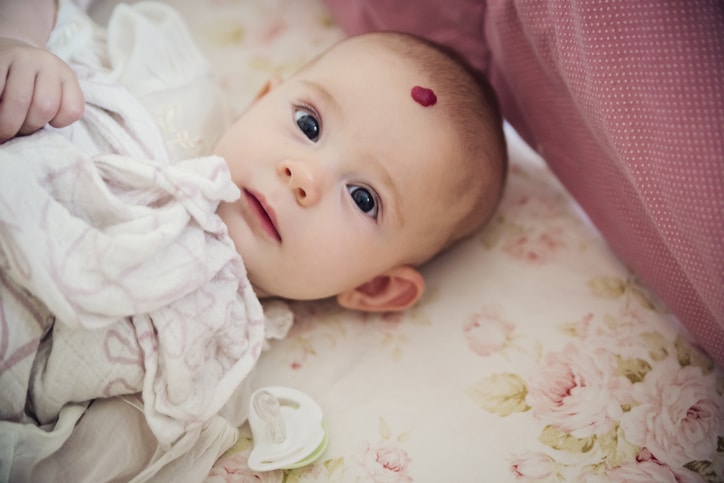
Diaper rash: this can be related to irritation from used skin care products such as scented wipes, cleansing milks. They may be due to nappies, maceration and microbial or candidal superinfections These eruptions are easily treated by cleaning with warm water, by avoiding all scented products (wipes, diaper creams, cleansing milks) and if necessary they can be treated by applying more suitable local care products.
After the transitory post-natal hyper seborrhoea phase, the baby may present a problem of skin dryness linked to an imbalance in the lipid layer caused by the use of astringent soaps, irritating perfumed products or by too frequent and prolonged baths. This irritation can lead to the appearance of so-called “irritant eczema” and sometimes even allergic contact eczema
There is another particular form of eczema which isatopic eczemait is a chronic inflammatory eczema which affects infants and children preferentially but which can appear at any age of life. This form of eczema occurs mainly on the face, on the extension side at first, then on the flexion folds of the limbs, the buttocks and the hands. This entity is multifactorial and is linked to dry skin, an allergic background and a family history of atopy (i.e. asthma, hay fever, eczema).
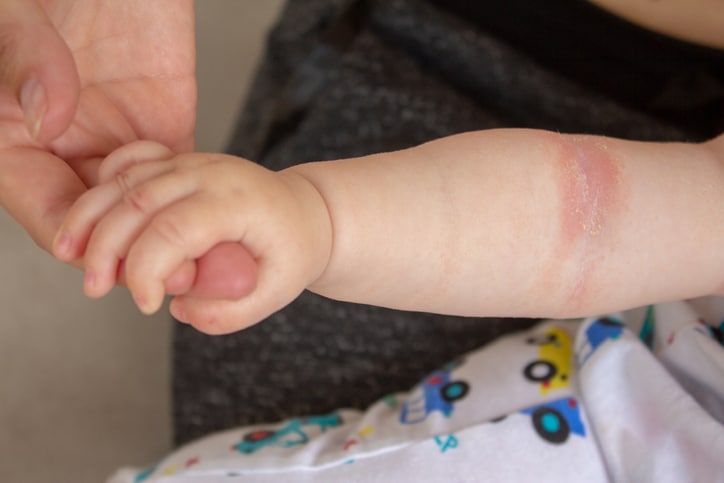
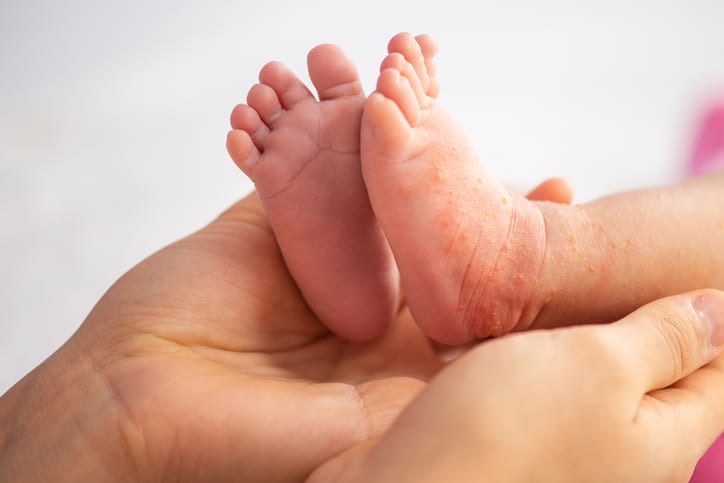
For all forms of eczema, dry skin should be controlled by avoiding areas that are too dry, too hot, avoiding baths that are too long and too hot, avoiding wearing textiles other than cotton in direct contact with the skin, and using good emollients to rehydrate the skin. Pruritus can be relieved by taking oral anti-histamines.
In case of allergy, the responsible allergens should be avoided (clarification needed). The dermatologist can apply a local dermocorticoid and more recently, immunosuppressants such as Tacrolimus and Pimecrolimus have been proposed for application to atopic eczema lesions. Severe or resistant forms of eczema can be treated with phototherapy or oral ciclosporin.
Impetigo is a superficial staphylococcal or streptococcal bacterial infection of the skin. It is very common in children and highly contagious. Impetigo manifests itself by the appearance of yellowish crusts on healthy skin or on a pre-existing dermatosis (such as eczema). mpetigo will be treated with a local antibiotic, sometimes it will require oral antibiotics, prescribed by the doctor.
There is a range of childhood skin diseases of viral origin. In children in good general condition, these diseases are usually not serious. They are characterised by a rash, the onset, appearance, pattern and course of which are unique to each disease. This rash may be accompanied by a change in general condition with fever, joint pain and malaise These diseases are contagious. Measles and German measles are rare in Belgium because vaccination is compulsory from the age of 12-13 months. There are, for example, epidemic megalaemia, hand-foot-and-mouth disease and chickenpox: treatment depends on the precise diagnosis and aims to limit the temperature, calm the pain and itching, and avoid superinfection.
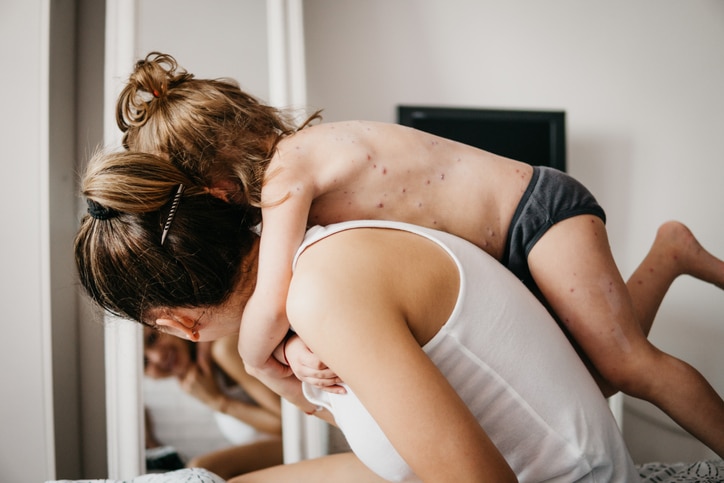
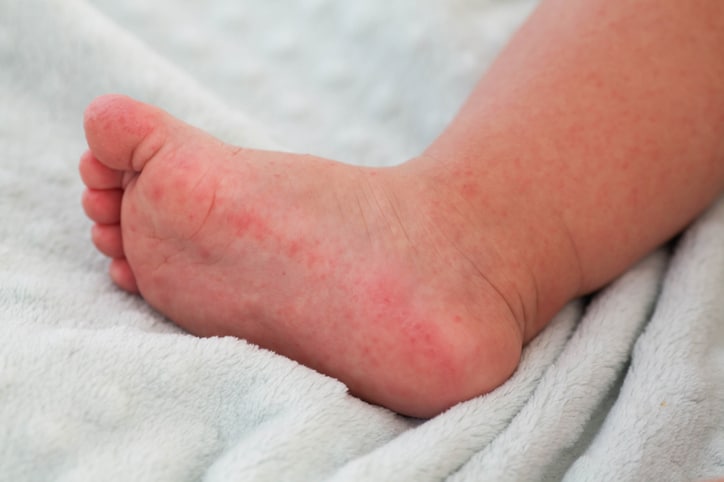
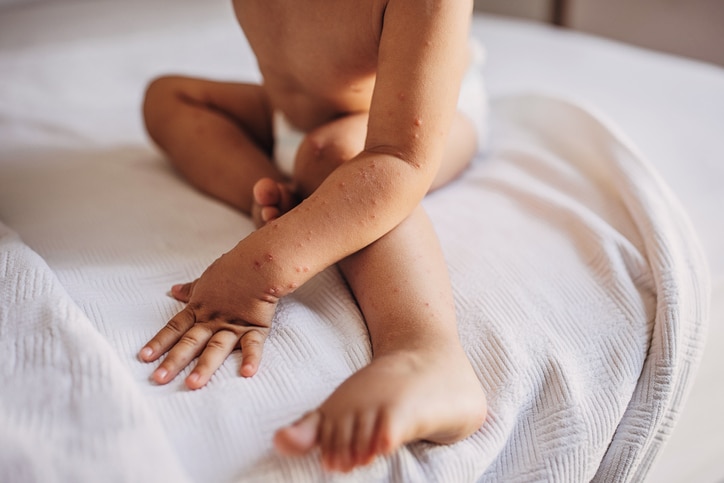
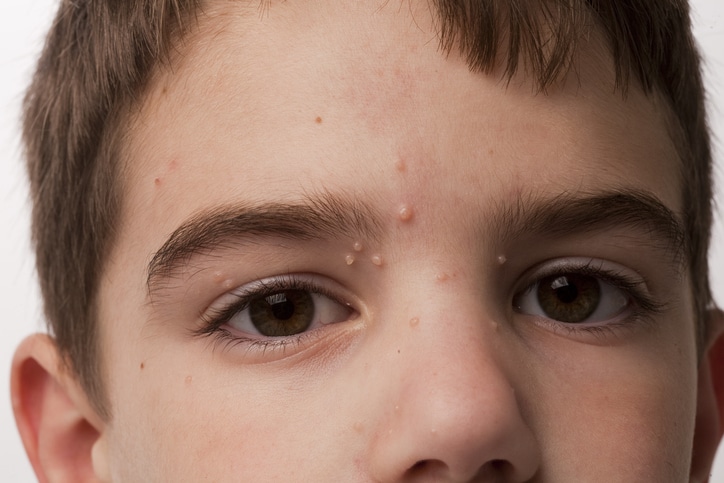
Other viruses are also responsible for skin manifestations: warts are benign but very frequent skin lesions. Contamination is human-to-human from a skin microtrauma. There is a wide variety of treatments (cryotherapy, destruction by chemical products, surgical destruction or destruction by laser, intralesional injection of chemotherapy agents). The choice will be made in accordance with the patient and the circumstances.
Mollusca contagiosa are frequently found in children between 2 and 10 years of age. These lesions are contagious and contamination is mainly through contact with other infected children and through swimming pools. The lesions are usually removed by curettage.
In adolescence, hormonal changes again lead to an increase in sebum production, which can be the cause of acne. There are several types of acne: inflammatory, retentional or mixed, single or familial. The treatment will therefore depend on the type of acne and its severity. Local treatments can be based on antibiotics, Benzoyl peroxide or vitamin A acid and its derivatives. Alpha-hydroxy acid peels can also be performed at the doctor’s office. For more severe cases, general treatments such as anti-androgenic hormone therapy, oral antibiotics and oral isotretinoin are used. There are lasers that can be used to treat the inflammatory lesions of acne as well as the scars. These lasers replace medical treatment that is sometimes contraindicated (pregnancy, intolerance, allergies, etc.).
Contact us
For more infomration
or meeting,
We invite you to contact us at 02 538 72 90.
